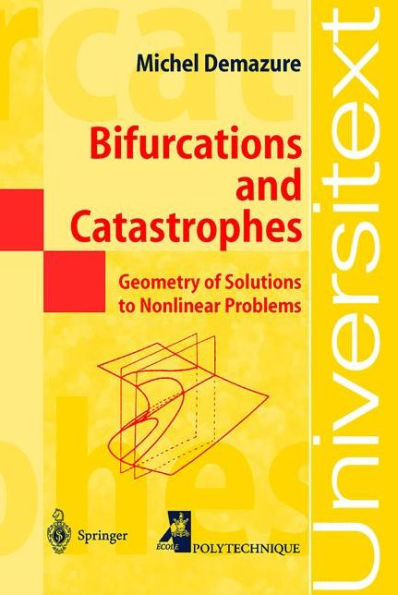5
1
9783540521181


Bifurcations and Catastrophes: Geometry of Solutions to Nonlinear Problems / Edition 1 available in Paperback

Bifurcations and Catastrophes: Geometry of Solutions to Nonlinear Problems / Edition 1
- ISBN-10:
- 3540521186
- ISBN-13:
- 9783540521181
- Pub. Date:
- 02/03/2000
- Publisher:
- Springer Berlin Heidelberg
- ISBN-10:
- 3540521186
- ISBN-13:
- 9783540521181
- Pub. Date:
- 02/03/2000
- Publisher:
- Springer Berlin Heidelberg
54.99
In Stock

Product Details
| ISBN-13: | 9783540521181 |
|---|---|
| Publisher: | Springer Berlin Heidelberg |
| Publication date: | 02/03/2000 |
| Series: | Universitext , #253 |
| Edition description: | Softcover reprint of the original 1st ed. 2000 |
| Pages: | 304 |
| Product dimensions: | 6.10(w) x 9.25(h) x 0.03(d) |
From the B&N Reads Blog
